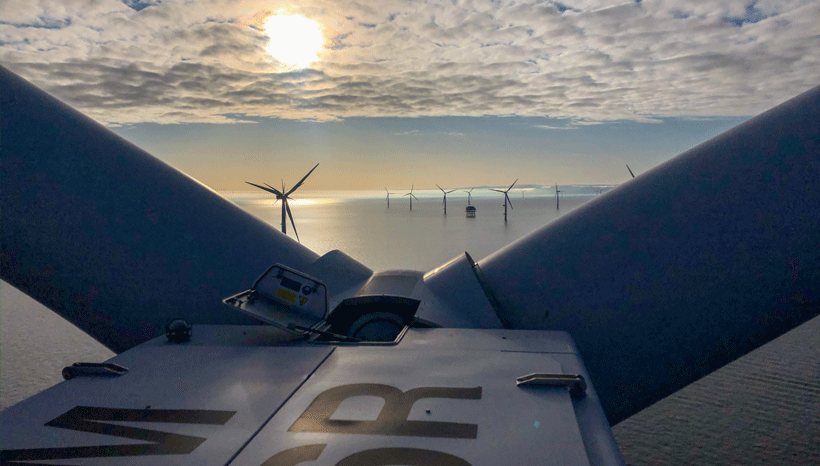By Sarah George
Copyright edie

The retailer will procure enough energy through the PPA to meet the energy demands of 140 of its Co-op food stores each year. The Agreement covers 33 gigawatt hours (GWh) of clean electricity annually.
Located 13 kilometres off the coast of North Wales, Gwynt y Môr is a 160-turbine, 576MW wind farm that was commissioned in 2015. It is due to operate for up to 25 years.
Energy decarbonisation strategy
The Co-op’s group property and sustainability director, Heather Thomas, said: “The energy transition is central to energy security and therefore national security too.
“That’s why we believe that every business should be playing its part to help green the grid, be that by reducing their energy demand or indeed by ensuring that renewable electricity generation forms an integral part of their energy procurement decisions.”
The business is notably aiming to achieve net-zero in its operations by 2035, and across its value chain by 2040. It has been sourcing more than 99% renewable electricity since 2016.
Shortly after setting the new net-zero targets, the Co-op confirmed that it would scale back the purchasing of electricity backed by Renewable Energy Guarantees of Origin (REGO), because PPAs and on-site solutions provide more certainty that additional renewable generation capacity is being added to the grid.
It also began engaging with key suppliers to encourage them to do the same.
Back in 2023, the Co-op signed a 15-year PPA with Voltalia for a 34MW solar farm in North Yorkshire, covering 100% of the facility’s output. This project is due to come online in 2026.
It subsequently signed a PPA with ScottishPower Renewables, committing to offtake 100% of the generation from the Coldham Solar Farm in Cambridgeshire.
Looking at onsite renewables, the company has plans to add rooftop solar at up to 700 sites over the next three years. Its largest operational onsite solar array is at its largest depot, which is in Biggleswade, Bedfordshire. The 6,700-panel array came online in August 2025 and is set to generate around 2,500 MWh of electricity each year.
Related article: Consumer goods giants share top tips for supply chain decarbonisation



